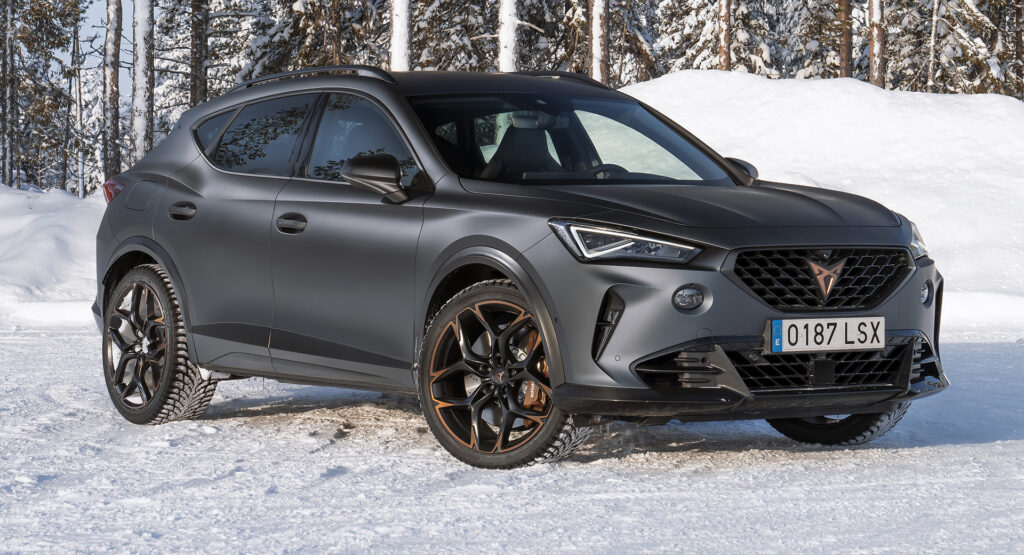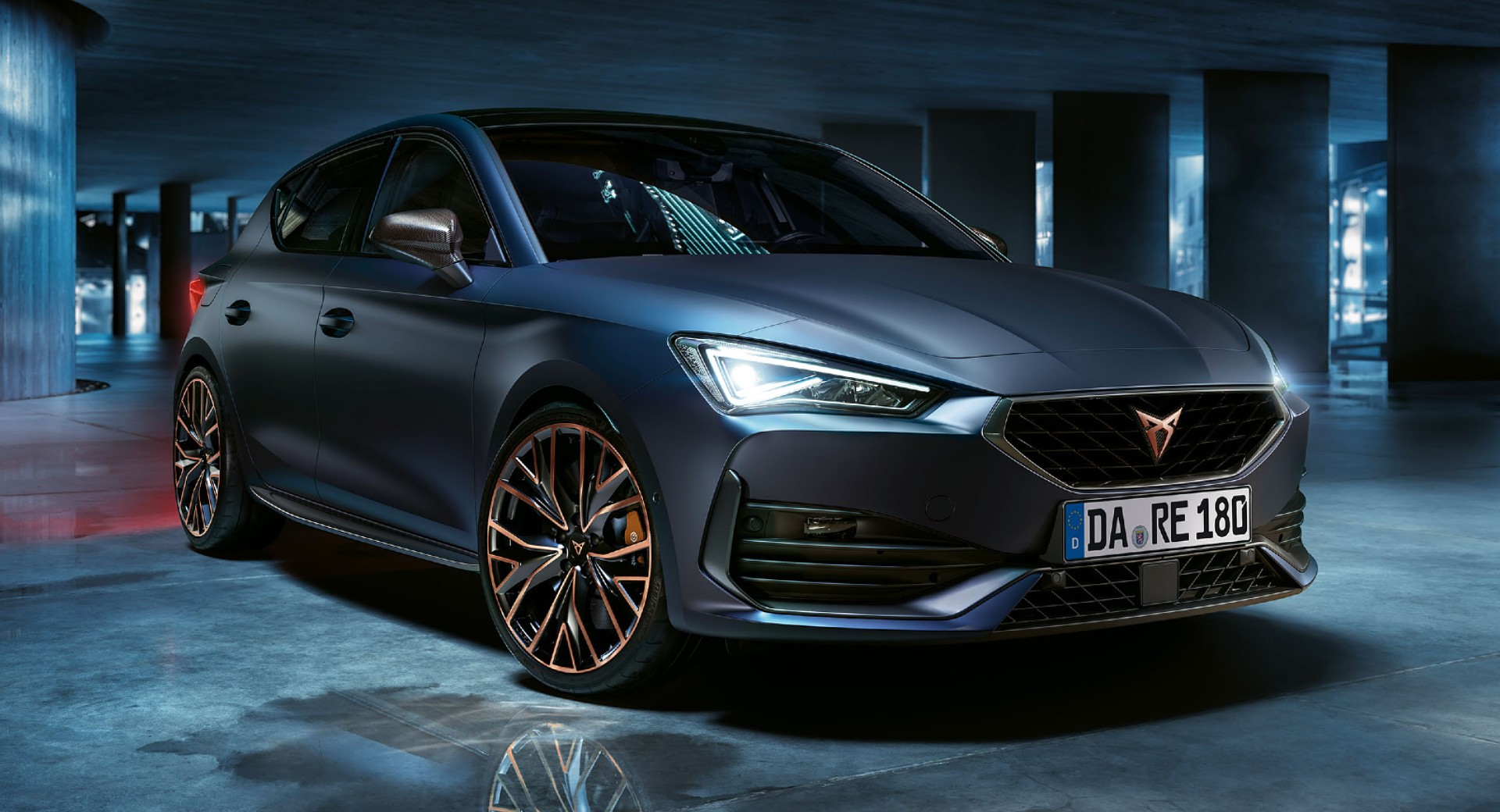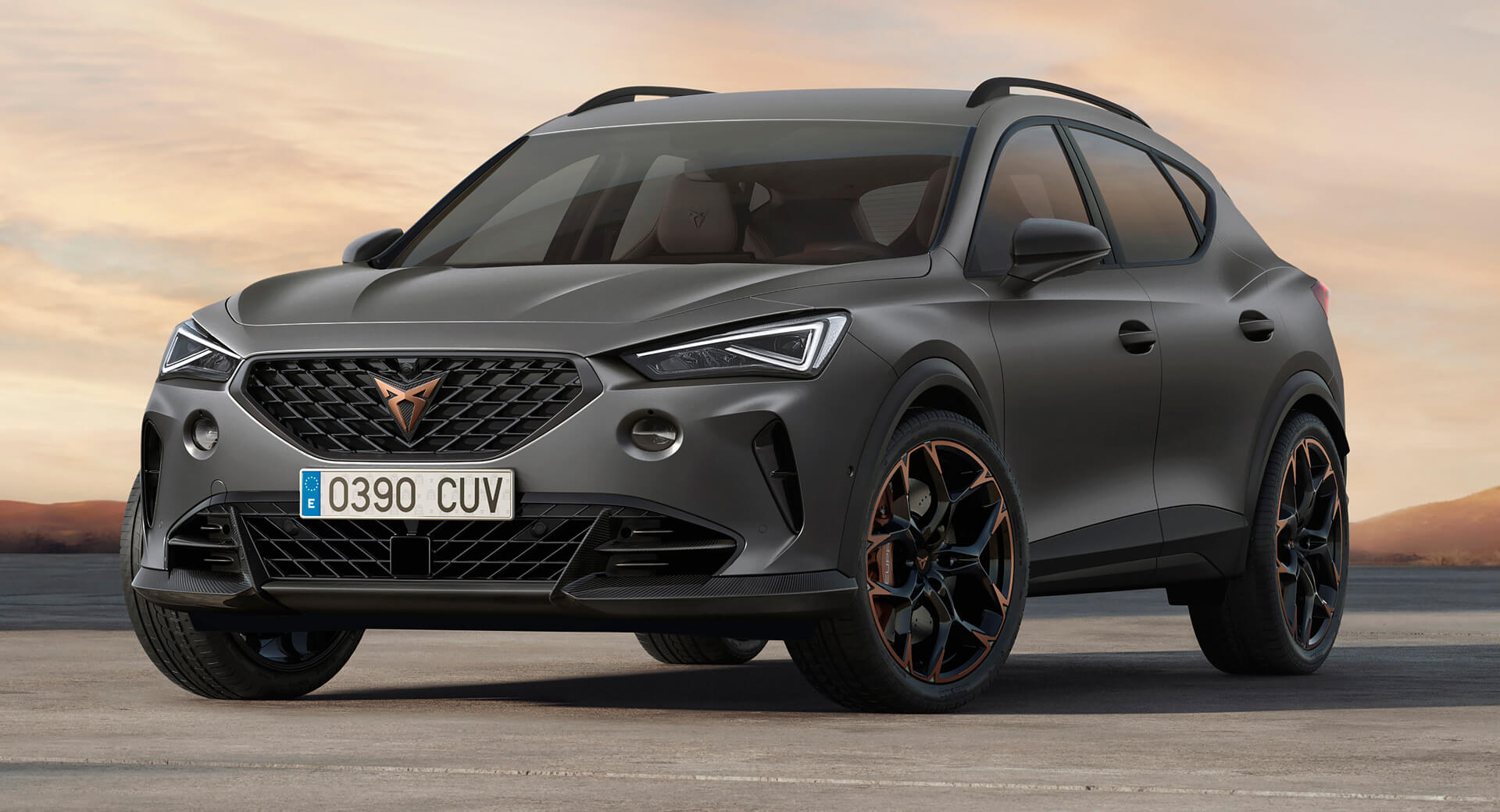Cupra, the Spanish automaker that was once a performance arm of Seat, will be expanding their sales reach to the Australian market within the coming months. However, new information hints that they could also be planning a launch in the United States as well.
In speaking to Drive during a visit to Australia, Cupra CEO Wayne Griffiths said: “There are markets outside of Australia that we’re developing. We’re strong in South America, particularly in Mexico but also in Colombia and Chile. On top of that, obviously if you want to become a global brand – our reason for coming to Australia – is to prove that we can become a global brand. Then obviously you need to look at markets like North America, but that would only be in a second phase. For now there is no decision being made on North America, but we’re starting to analyses (the market).”
See Also: 2024 Cupra Terramar Revealed As A Hybrid-Only Compact SUV
The conversation then shifted to whether Cupra had plans to launch their cars in China given how much potential their market has. “Not at the moment,” said Griffiths. “The Volkswagen Group has a quite a dominant share (in China) among its existing brands. They have a very strong position with Audi, Volkswagen and Skoda. So to go to China? Not at the moment. We have more priority for the US.”
Read More: Cupra Tavascan Electric SUV Mule Caught Testing At The Nurburgring
In theory, this proposition wouldn’t be too out of the question. Seeing as Cupra is part of the Volkswagen Group, many of their cars share platforms with VW models that already exist in America. For example, the Cupra Leon and Formentor are based on the VW Golf’s MQB Evo platform, and the Ateca shares the Taos’s MQB A1 underpinnings.
Additionally, Seat already sells versions of these vehicles in a left-hand drive configuration, so that potential issue is out of the way. For the most part, beyond the inherent difficulty of launching a new brand to a tough market, it seems the hardest challenge in bringing these cars stateside would be homologating them for U.S. safety and emissions standards.





